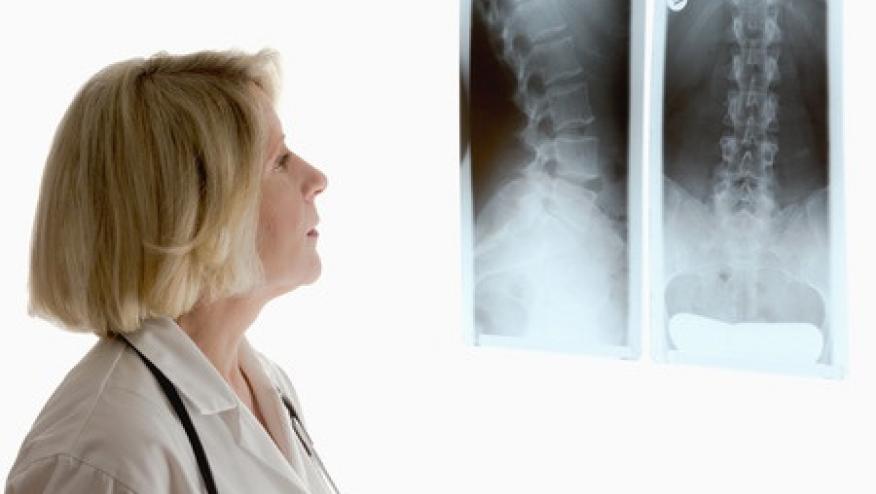Best Practice Recommendations in Musculoskeletal Care Save

A group of Western Australian clinicians have set out to assess current practices and proved guidance recommendations for high-quality care for the most common musculoskeletal (MSK) pain scenarios encountered by clinicians in emergency and primary care. They have promulgated 11 high-quality clinical practice guidelines (CPGs).
After a systematic literature review and critical appraisal of 44 CPGs, 11 were rated as high quality (low back pain: 4, OA: 4, neck: 2 and shoulder.
Along the way they found pitfalls:
- Overuse of imaging: between 25% and 42% of patients with low back pain (LBP) undergo imaging even though its routine use is discouraged and associated with harms. 68% of general practitioners would refer patients for radiography at first presentation of rotator cuff tendinopathy and 82% would refer for ultrasound, despite findings demonstrating a poor relationship of imaging findings with symptoms.
- Overuse of surgery: knee arthroscopy for knee osteoarthritis is not recommended, yet its rate of use in the general US population increased from 3% to 4% from 2006 to 2010. The rates of shoulder subacromial decompression and rotator cuff repair have increased markedly even though surgical outcomes are comparable with exercise-based rehabilitation or sham surgery.
- Overuse of opioids: the efficacy of opioids for MSK pain management is questionable for both chronic and acute MSK pain conditions. The early use of opioids has been associated with poorer outcomes in LBP care. Although limiting the use of opioids is recommended,44 there is increasing use and an ‘epidemic’ of prescription opioid-related harms.
They identified 11 recommendations for MSK pain care:
- Care should be patient centred. This includes care that responds to the individual context of the patient, employs effective communication and uses shared decision-making processes.
- Screen patients to identify those with a higher likelihood of serious pathology/red flag conditions.
- Assess psychosocial factors.
- Radiological imaging is discouraged unless: a) Serious pathology is suspected; b) There has been an unsatisfactory response to conservative care or unexplained progression of signs and symptoms; or c) It is likely to change management.
- Undertake a physical examination, which could include neurological screening tests, assessment of mobility and/or muscle strength.
- Patient progress should be evaluated including the use of outcome measures.
- Provide patients with education/information about their condition and management options.
- Provide management addressing physical activity and/or exercise.
- Apply manual therapy only as an adjunct to other evidence-based treatments.
- Unless specifically indicated (e.g. red flag condition), offer evidence-informed non-surgical care prior to surgery.
- Facilitate continuation or resumption of work.










If you are a health practitioner, you may Login/Register to comment.
Due to the nature of these comment forums, only health practitioners are allowed to comment at this time.